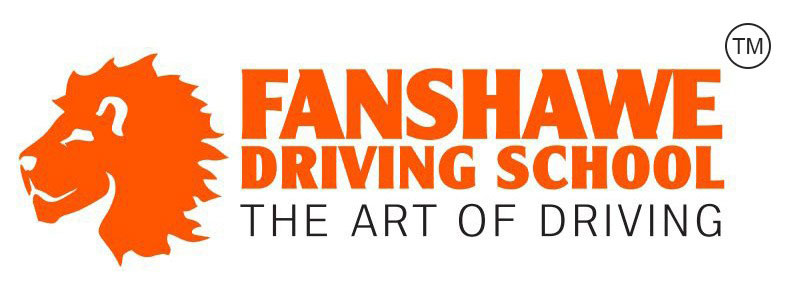Driving during the evening hours can pose additional challenges that may be easier to avoid when it’s bright out. A survey by the ROSPA in 2017 reported that 40% of all collisions occur during the nighttime. The reduced visibility, difficulty in seeing road and traffic signs and judging distance and speeds can make nighttime driving a daunting task.
Don’t let these challenges stop you from driving when the sky is dark, especially when there are safety tips to make the driving easier. Here are Fanshawe Driving School’s top four safety tips for driving at night:
1. Be Aware of Sleep-Deprived Drivers
Although a driver should never get behind the wheel if they’re fatigued, many still do. The NHTSA reported that collisions caused by sleep-deprived drivers is most likely to happen between the hours of midnight and 6 a.m. It’s vital to stay especially alert while driving at this time for fatigued drivers; and equally as important to be aware of how you’re functioning. Avoid driving if you are very tired; if you are already on the road, however, have some caffeine or pull over to a safe area to take a rest.
2. Keep Your Windows Clean
A front or back windshield that is dirty or damaged will affect your ability to see while driving and potentially increase safety hazards. Ensure the windshields, car mirrors and drivers and passenger side windows are all clean. During winter nighttime driving, make sure you have a sufficient amount of windshield wiper fluid in case you need to clean off slush, snow or other dirt affecting the view.
3. Use Your High Beams When Practical
High beams are especially beneficial when driving at night on rural, empty or open roads. Without city lights or traffic lights to give you some insight on distance, location and speed, you will need high beams to keep you aware of your surroundings. However, make sure you are dimming them when you come within 500 feet of an oncoming vehicle and do not use them if you are following a vehicle in front of you. This could put the safety of other drivers, as well as yourself, at risk for a potential collision.
4. Adjust Your Speed
The NHTSA report also found that 37% of nighttime driving accidents are caused by speeding-related collisions. This is often due to the inability to see properly and the shorter reaction times while speeding. It’s already extremely difficult to see oncoming vehicles, road signs and even pedestrians and animals while driving at night; and speeding will only increase the risk of yourself and those around you.
For drivers that are just learning how to drive at night or want to improve their nighttime driving skills, Fanshawe Driving School has a digital driving simulator to help you achieve this. You can experience nighttime driving using a simulator for efficient safety, which is an experience many driving schools are unable to provide. Book our Advanced Digital Simulator Class to be the best nighttime driver on the road!

